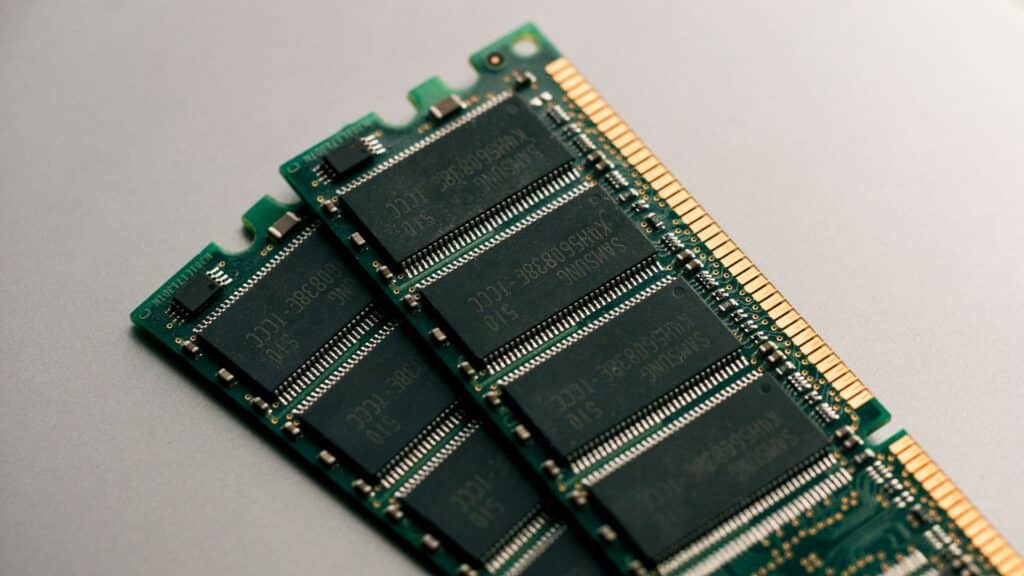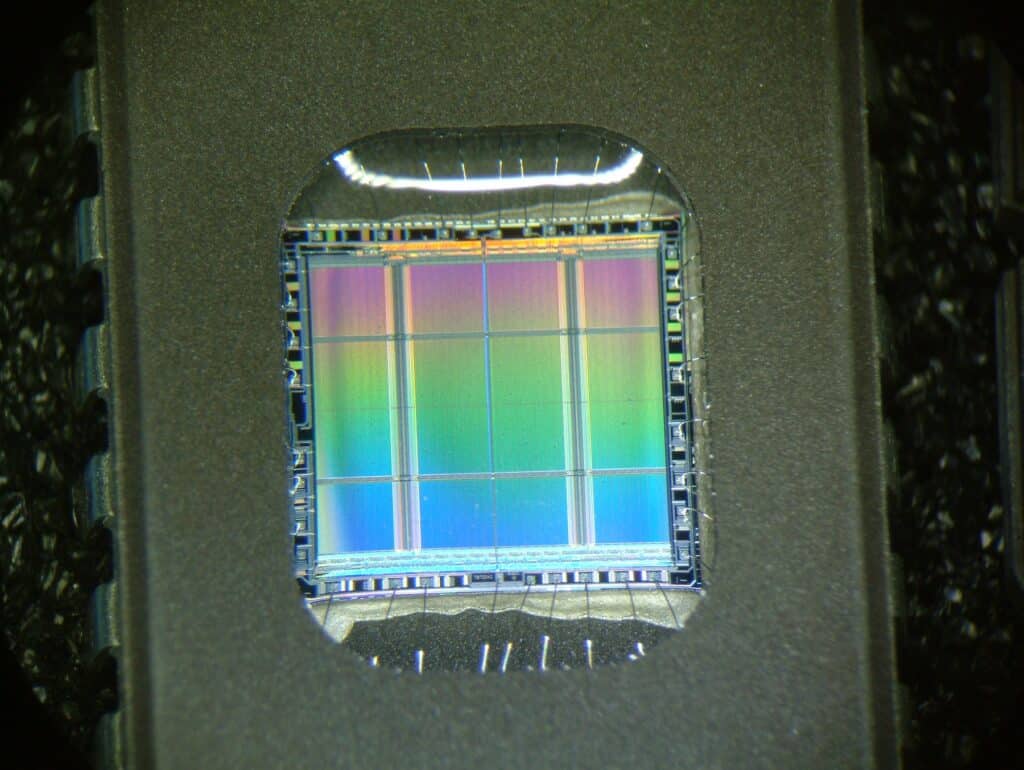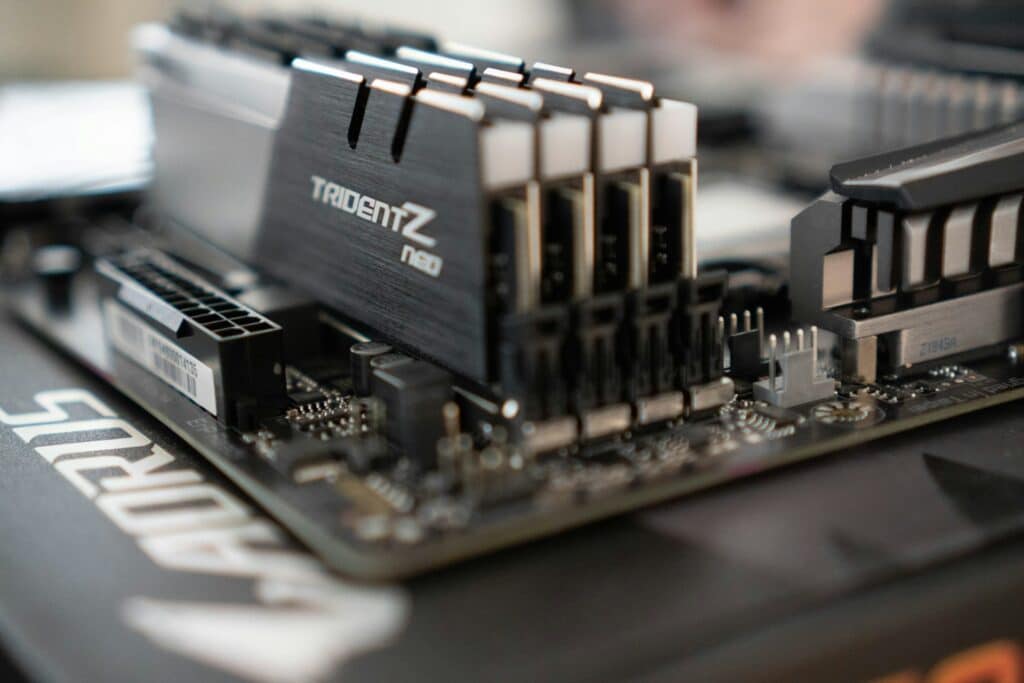In the world of computing, memory is an essential component that enables systems to store and access data quickly and efficiently. There are several types of memory, each with its own characteristics and specific applications. In this article, we will explore the different types of computer memory: RAM, ROM, PROM, EPROM, and EEPROM, and analyze how they differ.
1. RAM (Random Access Memory)
What it is: RAM, or Random Access Memory, is a type of volatile memory used to temporarily store data while the computer is running. “Volatile” means that the data is lost when the device is powered off.
Characteristics:
- Fast access: RAM allows data to be read and written at extremely high speeds, making it ideal for running applications and processes in real time.
- Volatility: Data stored in RAM is lost when the computer is turned off.
- Capacity: RAM capacity ranges from a few gigabytes (GB) to several terabytes (TB) in advanced systems.
Applications: RAM is used to store data and programs that are actively in use, such as the operating system, open applications, and temporary files. The more RAM a computer has, the more tasks it can handle simultaneously without slowing down.

2. ROM (Read-Only Memory)
What it is: ROM, or Read-Only Memory, is a type of non-volatile memory that contains data that cannot be easily modified or overwritten. This data remains in memory even when the computer is powered off.
Characteristics:
- Non-volatile: Data stored in ROM is not lost when the computer is turned off.
- Read-only access: Once programmed, ROM cannot be modified by normal computer operations.
- Durability: ROM is more resistant to failure and data corruption.
Applications: ROM is used to store firmware, which is the software required to boot the computer and manage hardware. Examples include the BIOS (Basic Input/Output System) in computers and the firmware in electronic devices like routers and gaming consoles.
3. PROM (Programmable Read-Only Memory)
What it is: PROM is a type of ROM that can be programmed once by the user or manufacturer. Once programmed, the data cannot be modified.
Characteristics:
- Non-volatile: Like ROM, data in PROM is not lost when the computer is turned off.
- One-time programmable: PROM is programmed using a device called a PROM programmer, but once programmed, it cannot be altered.
- Durability: It is resistant to failure but is not reusable.
Applications: PROM is used in applications where permanent storage of data that will not change is required, such as in industrial devices, embedded systems, and network hardware.
4. EPROM (Erasable Programmable Read-Only Memory)
What it is: EPROM is a type of ROM that can be erased and reprogrammed. To erase the data, the EPROM is exposed to intense ultraviolet (UV) light.
Characteristics:
- Non-volatile: Data remains in EPROM even when the computer is powered off.
- Erasable and reprogrammable: Unlike PROM, EPROM can be erased and reprogrammed, although the erasure process is slow and requires special equipment.
- Cost: It is more expensive than PROM due to its reprogrammability.
Applications: EPROM is used in situations where firmware needs to be updated occasionally, such as in embedded systems and medical devices.

5. EEPROM (Electrically Erasable Programmable Read-Only Memory)
What it is: EEPROM is a type of ROM that can be erased and reprogrammed electrically, without the need for UV light. This makes it more convenient and flexible than EPROM.
Characteristics:
- Non-volatile: Data remains in EEPROM even without power.
- Erasable and reprogrammable: EEPROM can be erased and reprogrammed electrically, allowing for faster and easier updates.
- Limitations: It has a limited number of write/erase cycles (typically between 10,000 and 1,000,000).
Applications: EEPROM is used in applications where the ability to update configuration data or firmware is required, such as in embedded systems, IoT (Internet of Things) devices, and the BIOS of some computers.
Key Differences
| Feature | RAM | ROM | PROM | EPROM | EEPROM |
|---|---|---|---|---|---|
| Volatility | Volatile | Non-volatile | Non-volatile | Non-volatile | Non-volatile |
| Access | Read/Write | Read-only | One-time programmable | Erasable and reprogrammable (UV) | Erasable and reprogrammable (Electricity) |
| Speed | Very fast | Slow | Slow | Slow | Slow |
| Durability | Low | High | High | High | High |
| Write Cycles | Unlimited | N/A | Once | Limited | Limited |
Conclusion
Each type of memory has a specific purpose in computer operation. RAM is essential for real-time performance, while ROM, PROM, EPROM, and EEPROM are used to store permanent or semi-permanent data, such as firmware and configurations. The choice of memory type depends on the specific needs of the system, such as speed, update capability, and durability.
Understanding the differences between these types of memory is crucial for designing and optimizing computer systems, whether in a personal computer, mobile device, or embedded system.












